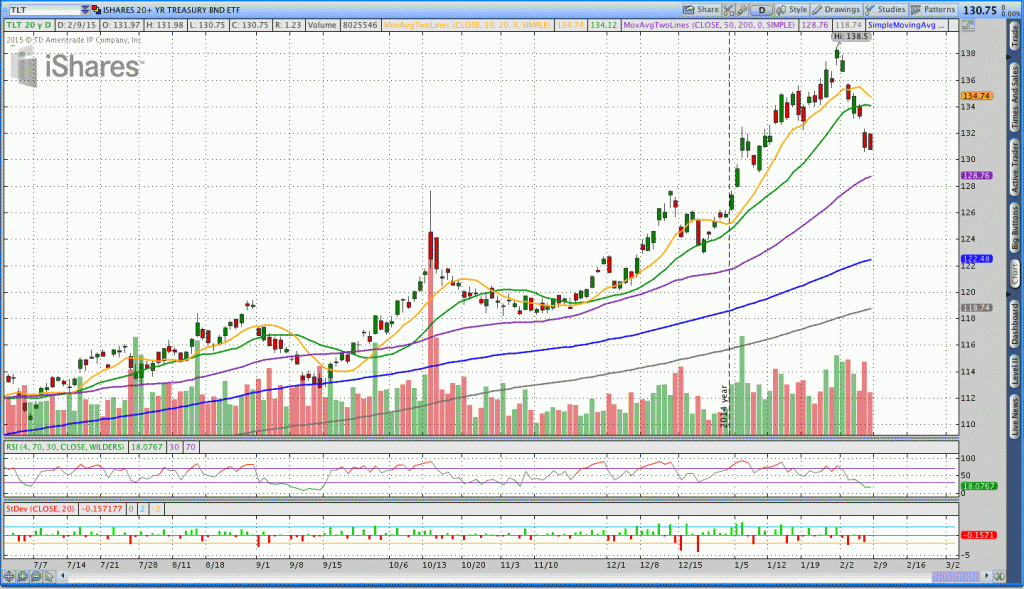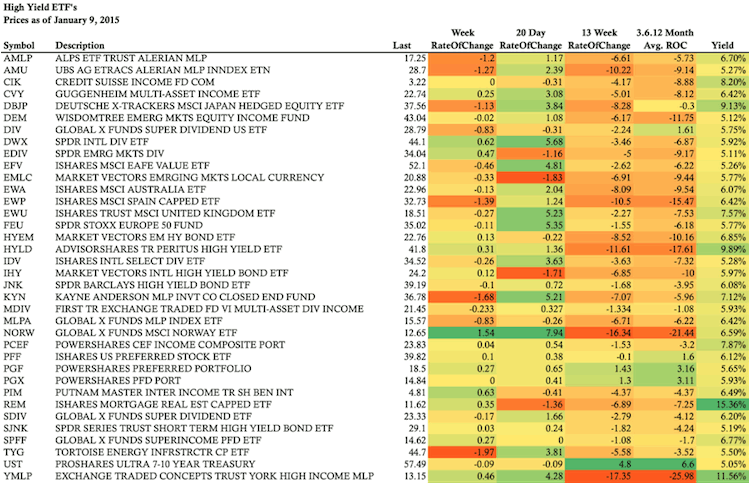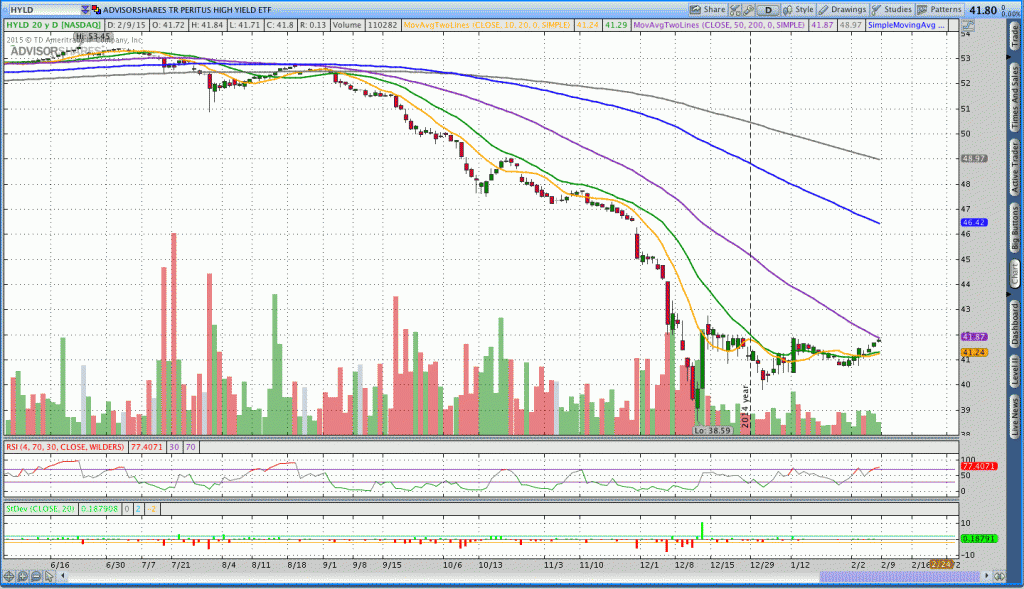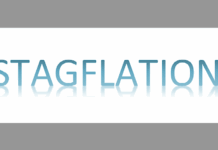Most investors love to receive dividends and income on their investments; it’s always a good thing when a little extra cash shows up in your account. But investing for income has become a more focused endeavor as Central Banks around the world have dropped rates to historically low levels, making interest payments smaller and less frequent. In fact, interest rates have gone beyond low and are now negative in some European countries. The challenge with low Central Bank rates is that interest rates in other markets also creep lower and that makes it difficult for investors to earn a meaningful income based return on their investments. While the lack of income can certainly be overcome with price appreciation, income with relative price stability allows investors to compound or pull cash out of their investments. In this post we’re going to talk about yield, why it matters, and then look at some ETF’s that are generating yields up of to 15%.
First let’s start with the basics of investing for income. Then we will look at some options in an era of negative interest rates.
Yield Defined
On a very basic level, yield is the income earned on an investment divided by the price. Mathematically, that looks something like the following:
Yield = Annual Income / Investment Price
While the concept of yield is fairly simple, it’s important to understand the relationship between the variables. Specifically, if we increase income while keeping price constant, yield will increase. If income remains constant while price decreases, yield increases. For example, if a stock pays a dividend of $1 per year and the price declines from $50 to $25 the yield goes from 2% to 4% and suddenly that stock becomes more attractive from a yield standpoint.
Safety And Income
When investing for income, there are safe and riskier investments. But investors need to be careful what they label safe, and focus on the price/yield relationship and risk within that asset class.
The 20+ Year Treasury Bond ETF (TLT) is the benchmark for safe yield, but this market has taken a big hit over the past week and still looks somewhat extended. Additionally, the yield on TLT has been beaten down to a measly 2.56% meaning the income is doing less to justify the price risk.
Where’s The Yield?
The only thing for an income investor to do in a low interest rate environment is to look around and find other markets with a higher yield. In the image below, we’re taking a look at unleveraged ETF’s with a yield over 5% and an average daily volume of at least 100,000 shares. (Data through the close on February 9)
When we look at the ETF performance above, there are some definite patterns. In the past month (20 day Rate of Change), we’ve seen positive price performance in International Dividend ETF’s and Foreign Stocks. The top price performers over the past month are the SPDR International Dividend ETF (DWX +5.68%, Yield = 5.92%), Global X Funds MSCI Norway (NORW +7.94, Yield = 6.59%), and SPDR Stoxx Europe 50 Fund (FEU + 5.35%, Yield = 5.77%). Interestingly, when we look out to the Average Rate of Change column that averages the 3, 6, and 12 month returns, those markets have all performed very poorly. The recent short term strength might be suggesting a shift into riskier assets with a higher yield.
If we want to rank the ETF’s purely on yield, the highest yielding ETF’s are the iShares Mortgage Real Estate Capped ETF (REM 15.36%), the York High Income MLP (YMLP 11.56%), and the Advisorshares High Yield ETF (HYLD 9.89%). In other words, the highest yield is being found in Mortgages, MLP’s, and High Yield Corporate Bonds.
Part of the reason for the high yield in Mortgages, MLP’s, and High Yield Corporate Bonds is that the markets have declined significantly in price over the past year. The image below of the High Yield Corporate Bond market tells the story well.
Everything Is A Tradeoff
The challenge with pursuing an investment purely based on yield is that the higher yield is frequently accompanied by greater price risk. In the examples above, the highest yielding markets have all experienced significant declines in the past year. However, those declines may open the door for both bargain hunters and income seeking investors to enter.
It’s important to understand that the return on your investments is made up of two components: price appreciation and yield. When an investment has significant price appreciation, yield becomes less important. However, yield is extremely important if price appreciation is mediocre.
Income in and of itself is great, but the real power of income comes through compounding. As discussed in the post, The Most Powerful Force In Investing, compounding the income on an investment can make the value of the investment grow far beyond the value an investor would ever expect. Investing for income can be a challenge in today’s financial markets, but research and well-timed rotation can help investors stay ahead of the pack.
Follow Dan on Twitter: @ThetaTrend
Author holds positions in TLT, TLO, and EDV at the time of publication. Any opinions expressed herein are solely those of the author, and do not in any way represent the views or opinions of any other person or entity.











